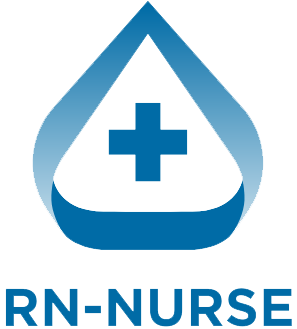Introduction
In high-stakes situations like cardiac arrests or respiratory failure, seconds matter. That’s where the crash cart—also known as the code cart—comes in. It’s a portable treasure chest of life-saving tools and medications, and every nurse should know how to use it efficiently.
What Is a Crash Cart?
A crash cart is a mobile unit stocked with essential emergency equipment and medications. It’s used during critical events such as code blues, seizures, or anaphylactic reactions. Proper use can mean the difference between life and death.
What’s Inside a Crash Cart?
The contents may vary by facility, but most include:
1. Airway Supplies
- Endotracheal tubes (ET tubes)
- Bag valve masks (BVMs)
- Laryngoscope
- Suction equipment
2. Breathing and Oxygenation Tools
- Oxygen tanks
- Nasal cannulas
- Non-rebreather masks
3. Circulation Tools
- Defibrillator (AED or manual)
- ECG leads
- IV start kits and fluids
- Tourniquets
4. Emergency Medications
- Epinephrine
- Amiodarone
- Atropine
- Naloxone
- Dextrose (D50)
5. Pediatric Drawer (in some carts)
- Size-appropriate airway equipment
- Pediatric dosing charts
6. Miscellaneous Supplies
- Gloves, syringes, tape
- Sharps containers
- Documentation sheets
Crash Cart Organization
Crash carts are often arranged by priority:
- Top drawers contain the most critical supplies.
- Middle drawers hold medications.
- Bottom drawers include backup and bulky items like IV fluids or equipment.
Knowing the layout helps reduce delays during emergencies.
How to Use a Crash Cart Effectively
1. Get Familiar
Walk through your unit’s cart regularly. Know where each item is located and how to use it.
2. Participate in Mock Codes
Mock drills are not just for show—they build real muscle memory. Use these to practice setting up oxygen, drawing meds, and attaching leads fast.
3. Stay Up-to-Date
Facilities update crash carts regularly. Be aware of new medications, protocol changes, or equipment upgrades.
4. Communicate During Codes
Assign roles and speak clearly:
- “I’m starting chest compressions.”
- “I’m drawing up epinephrine.”
- “Push 1 mg epinephrine—now.”
Why Every Nurse Should Master the Crash Cart
Whether you work in the ER, ICU, or a med-surg floor, you could face a code situation. Crash cart mastery ensures you’re ready to step in confidently and save lives.
Conclusion
- Crash carts are more than just rolling drawers—they’re frontline lifesaving stations. By mastering what’s inside and how to use it, you become a more capable, confident clinician, ready for any emergency.

